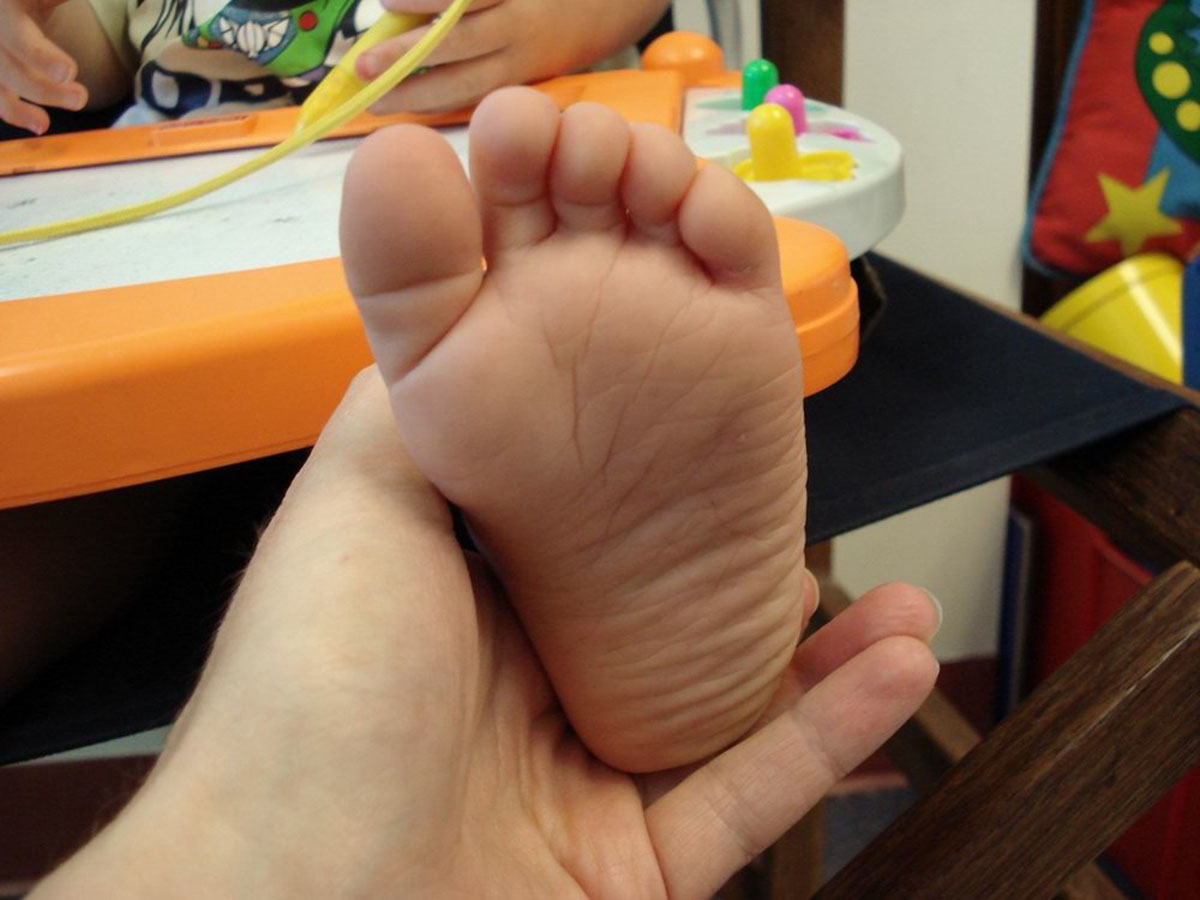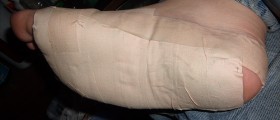
Foot is a very complex part of the human body, and also a very important one. Its function is vital for normal everyday life and even a minor glitch in its function can cause a lot of difficulties. Because of this, even a minor injury to the foot can make a person’s life much more complicated.
Importance of foot health
Because human feet are very complex in their anatomy, it is important to take special care of them, to protect them from injuries, infections and various medical conditions. Feet are for the body what foundation is to a building. The building cannot stand straight and resist various impacts if the foundation is weak or broken. Similarly, if there is something wrong with one or both feet, the person will not be able to walk or stand normally. If the condition persists, it will affect other parts of the body, especially the spine and the pelvis, eventually even some of the internal organs.
Two main functions of the foot are weight bearing and propulsion. In order for these functions to work properly, the foot must be stable. The stability of the foot comes from various bones and joints that form the foot anatomy, but in order for the foot to be able to bear the weight of the body, those structures must form an arch. There are three basic arches in the foot and they are maintained not only by the bones and joints, but also by ligaments.
Of course, there are also muscles of the foot. They can be divided into two groups- intrinsic and extrinsic. The intrinsic ones, located inside the foot, control the movement of the toes. Extrinsic muscles are located outside, on the lower leg.
Any malfunction in these parts of the foot, whether it is a fracture, inflammation, sprain or any other condition, can seriously hinder the ability of the foot to perform its normal function. Foot pain is usually the main symptom of the problems involving any part of the foot structure.
What is the plantar fascia
Plantar fascia is an important part of the human foot and also a part that is commonly subjected to injuries and disorders. It is a tough, long and thick band of tissue. Its main purpose is to provide support for the medial longitudinal foot arch. When a person walks, the heel hits the ground and plantar fascia is there to amortize the impact. When this happens, plantar fascia stretches. Because it is not very elastic, such frequent impacts and stretches eventually cause small tears in the tissue band.
Plantar fasciitis is the most common condition affecting the plantar fascia. It is characterized by intense pain in the bottom of the foot, near and at the heel, especially in the morning or when carrying heavy weights. The pain usually becomes milder if the activity is continued and it is more intense after periods of inactivity. That is why people who have plantar fasciitis feel intense pain when they make the first steps in the morning.
The reason behind such intense pain in the morning is that, when the foot rests, the fascia is flexed and it shortens. Then, when the steps are made, it is forced to stretch after a long period of flexion, which causes the pain.
Because plantar fasciitis involves pain around the heel, this condition is often confused with heel pain syndrome. Heel pain syndrome is a progressive and chronic condition caused by improper biomechanics of the foot and ankle.
Main cause of plantar fasciitis is the overuse leading to excessive stretching and irritation. This is particularly common in athletes. Other risk factors for plantar fasciitis include flat feet, obesity, high foot arches, tight Achilles tendons, excessive pronation of the foot, prolonged standing and wearing high heels.
Diagnosis and treatment of foot pain
As it is seen above, there can be several reasons behind foot pain. Sometimes it is an injury or a trauma, and sometimes it is an underlying foot condition.
Fractures are a very common cause of foot pain. Broken foot is diagnosed through physical exam, in which a doctor examines the tenderness of the foot and the range of motion, and through X-ray images. CT scan and MRI are sometimes required, especially if other diagnostic measures have failed to provide a positive diagnosis.
The treatment for almost any kind of fracture involving the foot consists of immobilization, using a cast, or partial immobilization with a Removable brace or special foot wear. In some cases the bone or another damaged structure can only be repaired through surgery, performed by an orthopedic surgeon.
The treatment of fractures also involves pain management, usually through non-steroidal anti-inflammatory drugs, and later physical therapy, after the bone has healed partially or completely.
As for plantar fasciitis, the most commonly recommended form of therapy is conservative treatment. That includes rest, with the foot slightly elevated, and icing the area. Plantar fasciitis is often caused by the overuse, which is why rest is important, and icing the foot will provide pain relief and reduce the swelling.
Pain killers can be used in case the pain is very intense. Massaging the plantar fascia with a roller or a tube is also helpful. There are also special night splints for plantar fasciitis, which keep the fascia lengthened during the night.
Whatever the cause of foot pain is, it should always be taken seriously because in the majority of cases the problem can be easily fixed, especially if caught on time.

















Your thoughts on this
Loading...